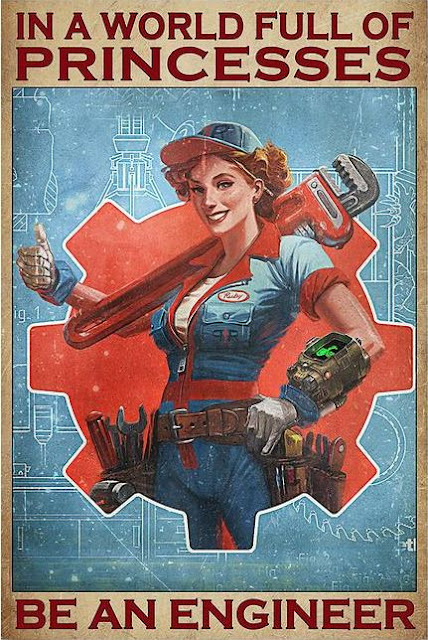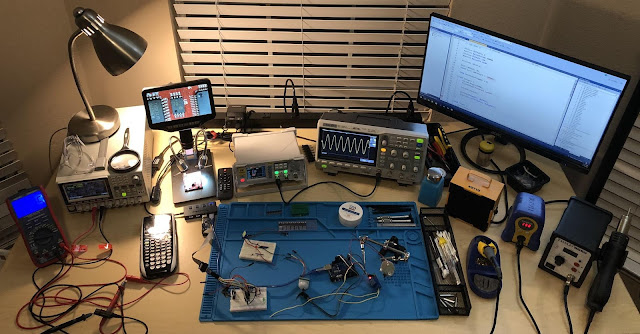There are novice engineers out there who have such unrealistic perceptions about PCB-RE and hardware design it really makes one wonder if they got their fundamentals right about electronics. Just yesterday, I received an email from someone (I won't put his name to save him the embarrassment) asking about reverse engineering and copyright infringement. A sleuth of exchanges ensued until I realize it's going nowhere and have to put a stop to it:
X: Is it possible to reverse engineer circuit boards to avoid patent infringement? For example to produce a device that does the same thing but is structured differently? Is it easy? For example is there a computer program that can rework a circuit board?
Me: Reverse engineering circuit boards to learn how a product works for personal knowledge should not infringe on patents. Neither if it’s done to help in daily repair work, for personal use. But if it’s to produce a competitive product, then it’s subject to the other party’s legal jurisdictions. Whether reverse engineering is easy or not depends on the nature of the PCB. Of course, experience and skill play a part. There is no software-only solution to reversing circuit boards. You’ll need a hardware-software combo to do the job, either semi- or fully automated.
X: I want to reengineer products already available in the market. Is it possible to take a PCB and make it different but to do the same thing with different components, by using software that will give a combination of components that do the same thing?
Me: I’m not sure what you mean by ‘using software that will give a combination of components that do the same thing.’ Are you referring to simulation software? Like I say, reengineering existing products has its grey area and is subject to legal jurisdiction from rival companies. You need to tread carefully.
X: Basically taking a rival company. Taking their product, making a PCB schema from their circuit board, plugging it into software, pressing a button and have a new schema that does the same thing except with a different schema. Is that possible?
Me: No.
X: So how do they do it when they take rival products?
Me: There is no such thing as a magical software that thinks, analyzes and designs an alternative circuit based on an existing one. If there is, all design engineers will be out of job. And it’s impossible anyway, so stop looking for an easy way out. All well-designed products are carefully thought out and implemented using a baseline that undergoes multiple refinements. That’s why it takes a team of hardware and firmware engineers to work together.
Consider this thread close as further discussion on this matter is futile. Thanks!
As good O' Charlie Brown would say, "Good grief...!!!" I rest my case...

























































